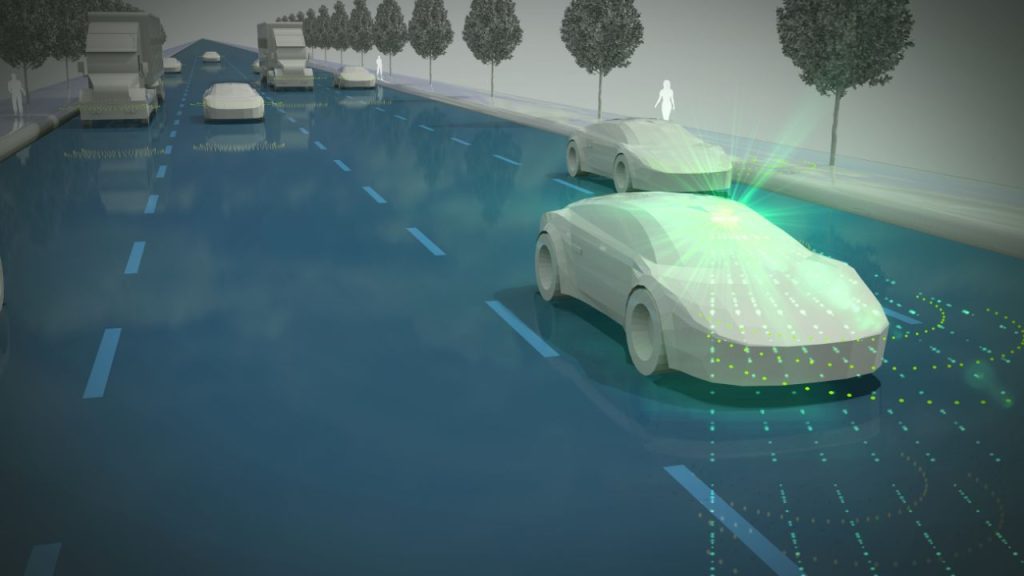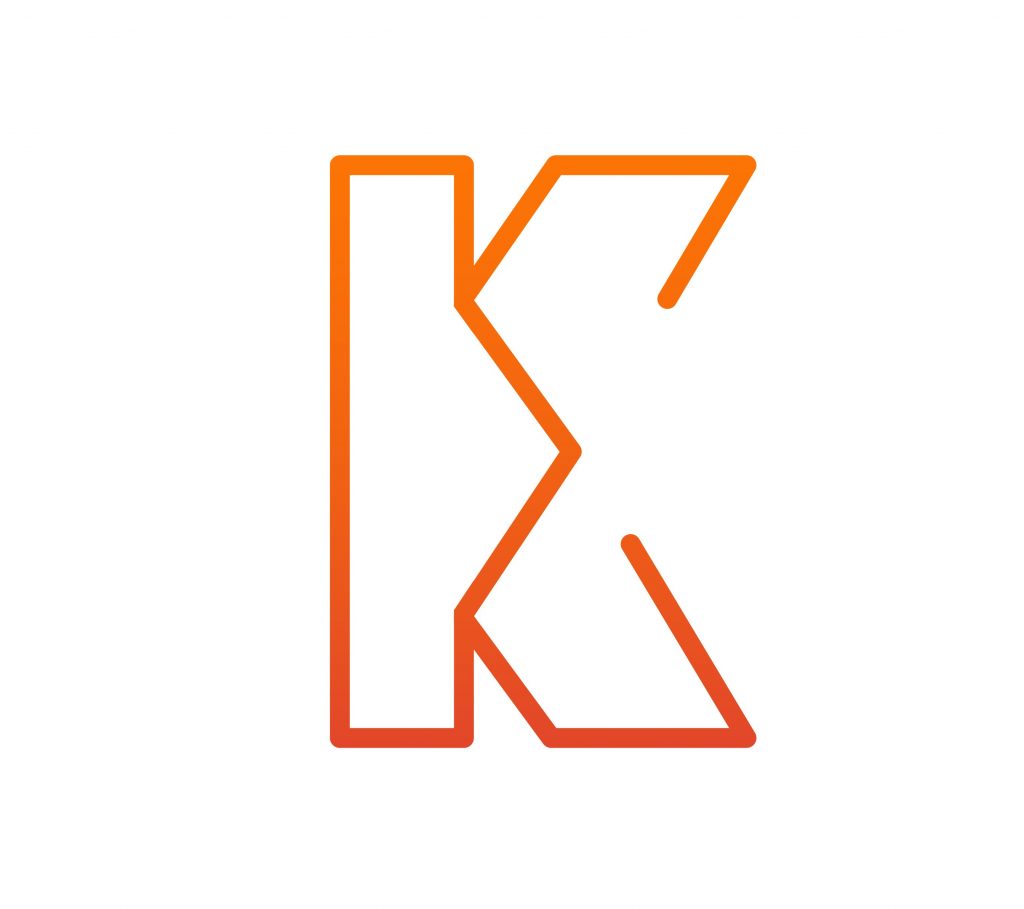Autonomous driving has emerged as one of the most promising technologies of the 21st century. With the potential to revolutionize transportation, self-driving cars are being developed by major automotive companies and tech giants around the world. One crucial aspect of autonomous driving is the use of bounding boxes annotation to help machines recognize and classify objects accurately.
What is Bounding Boxes Annotation?
Bounding boxes annotation is the process of drawing rectangles around objects in images or videos to help machines understand the size, location, and orientation of the objects. This annotation technique is used to train machine learning models to recognize and detect objects accurately. It is the most common annotation types in computer vision and is widely used in many industries, including autonomous driving, robotics, and healthcare.
Types
There are two types of bounding boxes annotation: 2D and 3D. 2D annotation involves drawing rectangles around objects in a two-dimensional plane, while 3D annotation includes height, width, and depth information, creating a box around the object in a 3D space.
2D bounding boxes annotation is commonly used in object detection and recognition in autonomous driving. It is simpler and less computationally intensive than 3D bounding boxes annotation which requires additional sensors and algorithms to capture depth information accurately.
Applications of Bounding Boxes Annotation
This technique has various applications in autonomous driving, including object detection, object tracking, and object classification. In object detection, bounding boxes annotation helps machines identify and locate objects in an image or video feed. For instance, it can help self-driving cars detect traffic signs, pedestrians, and other vehicles on the road.
In object tracking, it enables machines to follow objects' movements as they navigate the road. This can help self-driving cars avoid collisions and make safe and accurate maneuvers. In object classification, it helps machines differentiate between different types of objects, such as cars and pedestrians.
Further Resources for Learning About Bounding Boxes Annotation and Autonomous Driving
If you're interested in learning more about bounding boxes annotation and its applications in autonomous driving, there are many resources available online. The NVIDIA Developer Blog has a comprehensive tutorial on using bounding boxes for object detection, including code samples and implementation details. Additionally, the Udacity Self-Driving Car Engineer Nanodegree program covers object detection and classification using deep learning, and provides hands-on experience working with bounding boxes annotation. Finally, if you're interested in contributing to the development of autonomous driving technology, you may want to check out the Autonomous Driving Cookbook, a collaborative open-source project focused on building software tools and resources for the self-driving car industry.
High-quality Data Annotation Service | Kotwel
Bounding boxes annotation is an essential aspect of autonomous driving. It helps machines recognize and classify objects accurately, making self-driving cars safer for passengers and pedestrians. At Kotwel, we provide reliable and high-quality data annotation services for autonomous driving, including 2D bounding boxes annotation and 3D bounding boxes annotation services.
Kotwel is a reliable data service provider, offering custom AI solutions and high-quality AI training data for companies worldwide. Data services at Kotwel include data collection, data labeling (data annotation) and data validation that help get more out of your algorithms by generating, labeling and validating unique and high-quality training data, specifically tailored to your needs.



